|
Pictures of the conference
Abstract book
Instructions For:
Proceedings
Workshops
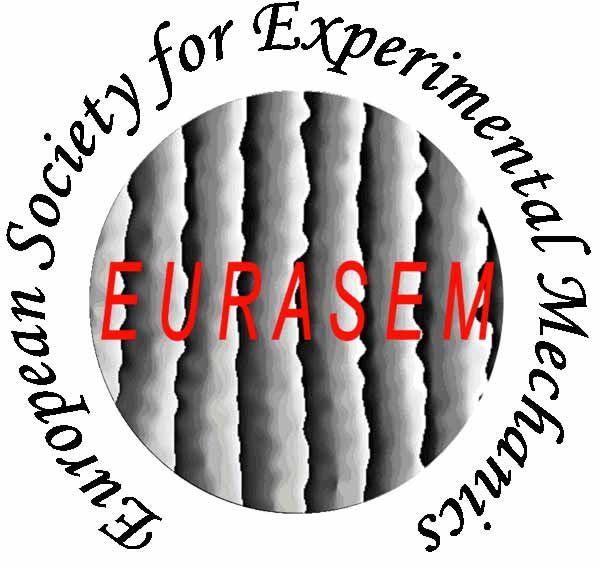
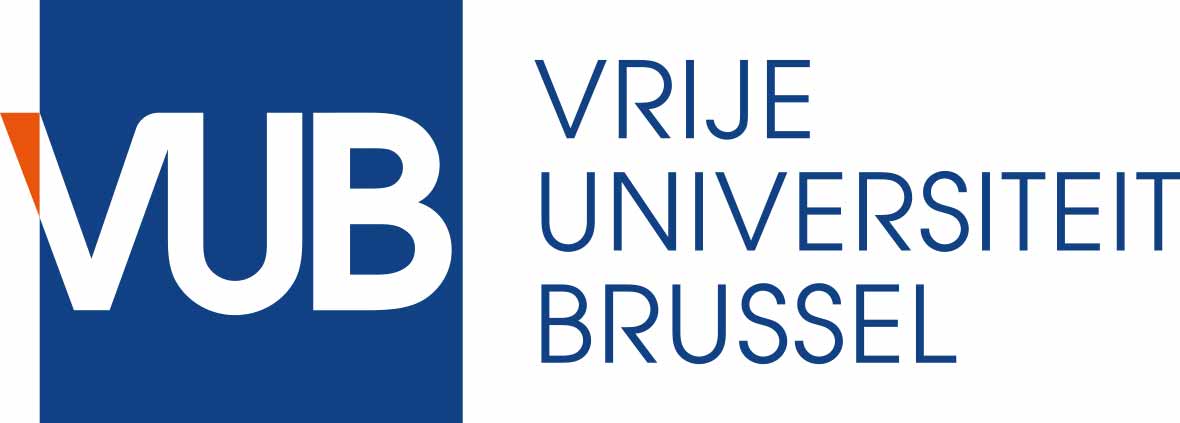

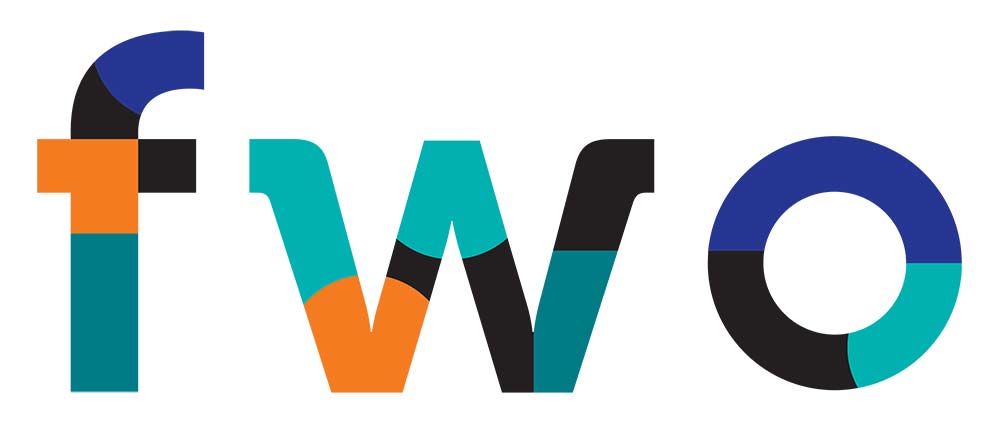
|
You are here > Programme | Keynote speakers
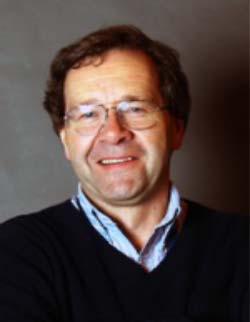 Dr Austin Ball
Dr Austin Ball
Technical coordinator at CERN, CMS - The Compact Muon Solenoid, Switzerland Experiments at CERN's Large Hadron Collider – seeking for the fundamental building block of matter Abstract:This lecture will mostly focus on the design and implementation of the giant general purpose experiments ATLAS and CMS (which each independently discovered the Higgs boson in 2012), showing how the engineering design responds to the particle detection characteristics needed to explore the frontier physics landscape made accessible by CERN's Large Hadron Collider (LHC). The high energy proton collisions at LHC produce patterns of energetic particles only analyzable using detectors of unprecedented precision and scale, while the collision rates and operating regime create a very challenging environment for instrumentation. Specific examples of different detector solutions chosen by the two experiment collaborations will be highlighted, to disclose the engineering techniques used in the construction of these elements and subsequently during the assembly of these challenging detection systems in their respective underground caverns.Biography:Austin Ball gained his Ph.D. at the University of Manchester, for research at the CERN Omega spectrometer in the late 1970’s, writing his thesis on photo-production of lambda baryons. Following this as part of the Manchester team at DESY, Hamburg, he worked on construction and operation of parts of the JADE experiment at the PETRA e+e- storage ring, thereby participating in the discovery (by several PETRA experiments) of the gluon. In 1984, he crossed the Atlantic to work on detector R&D and assembly with the University of Maryland. He eventually supervised the construction in the US, installation at CERN and subsequent commissioning and operation of the Hadron Calorimeter for the OPAL experiment. This used e+e- collisions at the LEP storage rings to make many detailed measurements of the W & Z vector bosons, carriers of the electro-weak force. After LEP commissioning, and a spell as OPAL B-physics coordinator, he returned to the US to spend 2 years on R&D and beam tests of novel forward muon detectors for the SDC experiment at the Superconducting SuperCollider, then being constructed in Texas. Returning to CERN and OPAL after the SSC’s demise, Austin spent several exciting years in “run coordination”, the day-to-day optimization of experimental measurements, leaving eventually in 1998 to join, as a CERN staff scientist, the technical coordination team of the Compact Muon Solenoid (CMS). He was initially physicist deputy to project engineer Alain Hervé, taking care of overseeing design, integration, construction, review and commissioning of CMS from a detector standpoint, culminating in the “cosmic challenge” system test of the superconducting magnet and detector in the surface assembly hall above the experiment during 2006.After succeeding Alain Hervé as Technical Coordinator later in 2006, Austin assumed overall responsibility for safe and timely completion and testing of the CMS experiment and its auxiliary systems in the underground cavern, ready for first proton beams in the Large Hadron Collider. Subsequently, he has guided CMS technical operations through 6 years of data-taking and a substantial upgrade programme, as well as through the many technical incidents inevitable in a unique, state-of-the-art piece of equipment. He describes the joint discovery of the Higgs boson by the ATLAS and CMS experiments in 2012 as “both a joy and a huge relief”, vindicating the extraordinary worldwide efforts needed to produce the accelerator, detectors and computing systems capable of such a breakthrough. He emphasizes that success in his coordinating role depends entirely on the self-motivation, mutual support, and competence of the CERN host-laboratory teams and the corresponding teams from the worldwide CMS collaboration, which he has the privilege of working alongside. 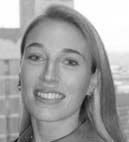 Professor Krystyn J. Van Vliet
Professor Krystyn J. Van Vliet
Massachusetts Institute of Technology, USA Cell-material mechanical interactions that modulate stem cell biology: Pulling it all together Abstract:Mechanical interactions between cells and extracellular materials can drive key biological functions ranging from cell adhesion and migration to differentiation and cell death. Experimental mechanics to measure such interactions at the molecular scale, as well as to characterize the key mechanical properties of cells and tissues, has made great strides in precision and analysis. Here we will discuss examples of cell-material mechanical interactions in the context of human stem cells – cells that have the capacity to respond to mechanical cues and exert mechanical force, including during the process of changing biological function. The role of mechanical measurement, analysis, and modeling to guide such experiments will be emphasized, and the translation to current health challenges ranging from brain injury to bone marrow repair will be demonstrated.Biography:Van Vliet serves currently as MIT Associate Provost and Director of Manufacturing Innovation for the MIT Innovation Initiative. She is the Michael and Sonja Koerner Professor of Materials Science and Engineering, and holds at dual appointment in the Department of Biological Engineering. Van Vliet earned her Sc.B. in Materials Science & Engineering from Brown University (1998) and her Ph.D. in Materials Science & Engineering from MIT (2002). She conducted postdoctoral research at Boston Children's Hospital in vascular biology and mechanics related to cancer, and joined the faculty of the MIT Department of Materials Science & Engineering in 2004. Van Vliet leads the MIT Laboratory for Material Chemomechanics, and also leads the Singapore-MIT Alliance in Research & Technology (SMART) BioSystems & Micromechanics team, which includes approximately 175 researchers in Singapore and MIT, including 8 other MIT faculty from several engineering departments and 25 Singapore-based faculty collaborators. This team invents and develops new technology platforms for diagnostics and treatment of cell & tissue disease, grounded in the interplay between cell biology and material mechanics. Within five years, this team of engineers, biologists, and clinicians has contributed several key breakthroughs and inventions to cell imaging, drug screening, and optical imaging; this includes one start-up company and several devices now involved in international clinical trials including stem cell-based therapies.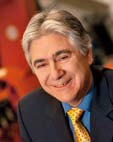 Professor A. Erman Tekkaya
Professor A. Erman Tekkaya
Institute for Forming Technology and Lightweight Components TU Dortmund University, Dortmund/Germany Advanced Applications of Experimental Mechanics in Metal Forming Abstract:Metal forming processes have a complicated physics that requires a phenomenological analysis. The complexity of the physics results from the local and complicated microstructural response of metals at large strains that must be scaled up to the macroscopic part level for engineering applications. The microstructural response and its upscaling gets even more complicated at elevated temperatures and high strain rates. The determination of the exact mechanical properties of products after large plastic strains is the current ultimate challenge. Experimental mechanics is a key field for understanding and improving forming processes and to predict the product properties. The current presentation will describe several advance applications of experimental mechanics in metal forming such as material characterization at very high strains and strain rates, thermomechanical forming processes, joining by forming, high strain rate forming and damage in metal formed parts. All these applications will demonstrate the scale-bridging experimental and theoretical approaches underlying metal forming analysis.Biography:
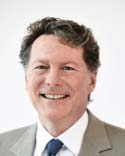 Professor Laurence J. Jacobs
Professor Laurence J. Jacobs
Georgia Institute of Technology, Atlanta, GA USA Nonlinear Ultrasound for the In Situ Characterization Abstract:Predictive health monitoring of structural components requires the development of advanced sensing techniques capable of providing quantitative information on the damage state of macroscale structural systems. Nonlinear ultrasound can measure absolute, strength based material parameters which can be coupled with uncertainty models to enable accurate and quantitative life prediction. These second harmonic techniques are acoustic wave based, so component interrogation can be performed in situ using either bulk, surface and guided waves. Since the underlying material physics is independent of the choice of ultrasonic wave, it is possible to interrogate macroscale structural systems for microscale defects. This talk will examine a combination of sensing techniques and physics-based models to characterize damage in both concrete and metals. These nonlinear ultrasonic measurements can sense microscale damage, before the formation of macrocracks. Typically, cracks of a measurable size appear quite late in a component’s total life, while the material’s integrity in terms of toughness and strength gradually decreases due to the microcracks, microplasticity and associated changes in the material’s microstructure. This talk will consider applications to characterize microscale damage in structural components under different loading conditions such as fatigue, thermal embrittlement and irradiation damage in metals, as well as early-age microcracking in concrete components.Biography:Laurence J. Jacobs is Associate Dean for Academic Affairs of the College of Engineering at the Georgia Institute of Technology, and Professor of Civil and Environmental Engineering and Mechanical Engineering. Dr. Jacobs received his PhD in Engineering Mechanics from Columbia University and joined the faculty of Georgia Tech in 1988. Prior to receiving his PhD, he worked for two years in the aerospace industry and for one year as a structural engineer. Professor Jacobs’ research focuses on the development of quantitative methodologies for the nondestructive evaluation and life prediction of structural materials. This includes the application of nonlinear ultrasound for the characterization of fatigue, creep, stress-corrosion, thermal embrittlement and radiation damage in metals. His work in cement-based materials includes the application of linear and nonlinear ultrasonic techniques to quantify microstructure and progressive micro-cracking in concrete. Dr. Jacobs has published over 120 refereed journal papers, and his publications have been cited more than 5300 times with an h-index of 40 (Google Scholar), 31 (Scopus) or 30 (Web of Science). He is a Fellow of the ASME, and currently on the editorial board of NDT&E International. Professor Jacobs’ research has been funded by DOE, NSF, ONR, AFOSR, DARPA, NASA, US DOT, Georgia DOT, Exxon-Mobil, EPRI and GE. He has been the PI or co-PI on $8M worth of contracts since 1990. Dr. Jacobs has an established record of recruiting and advising students | ||||||||||||||||||||||||||||||||||||||||||||||||||||||||||
| Copyright © 2018 Semico nv | Powered by Mintyfresh Software Architects |
|---|
